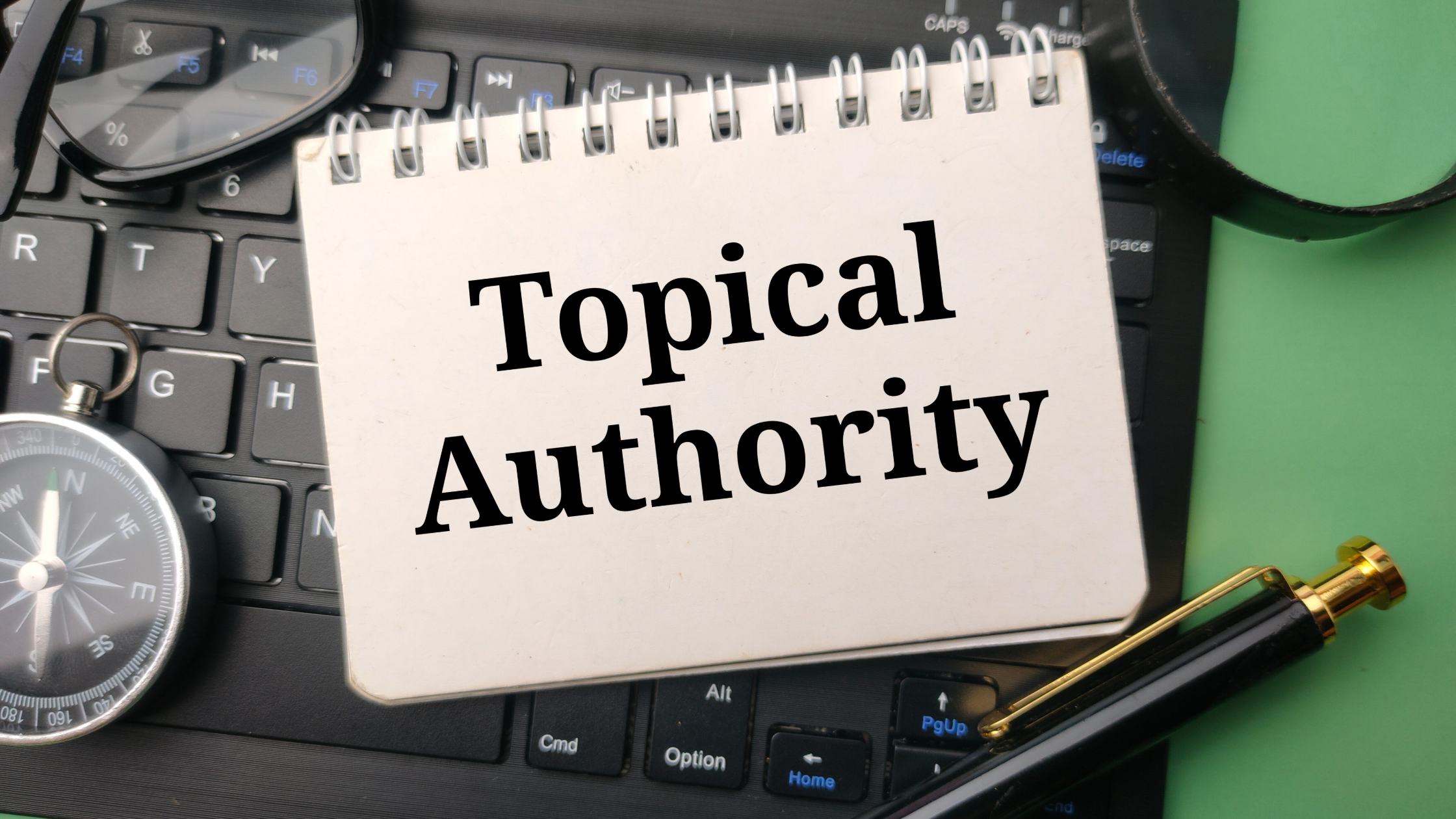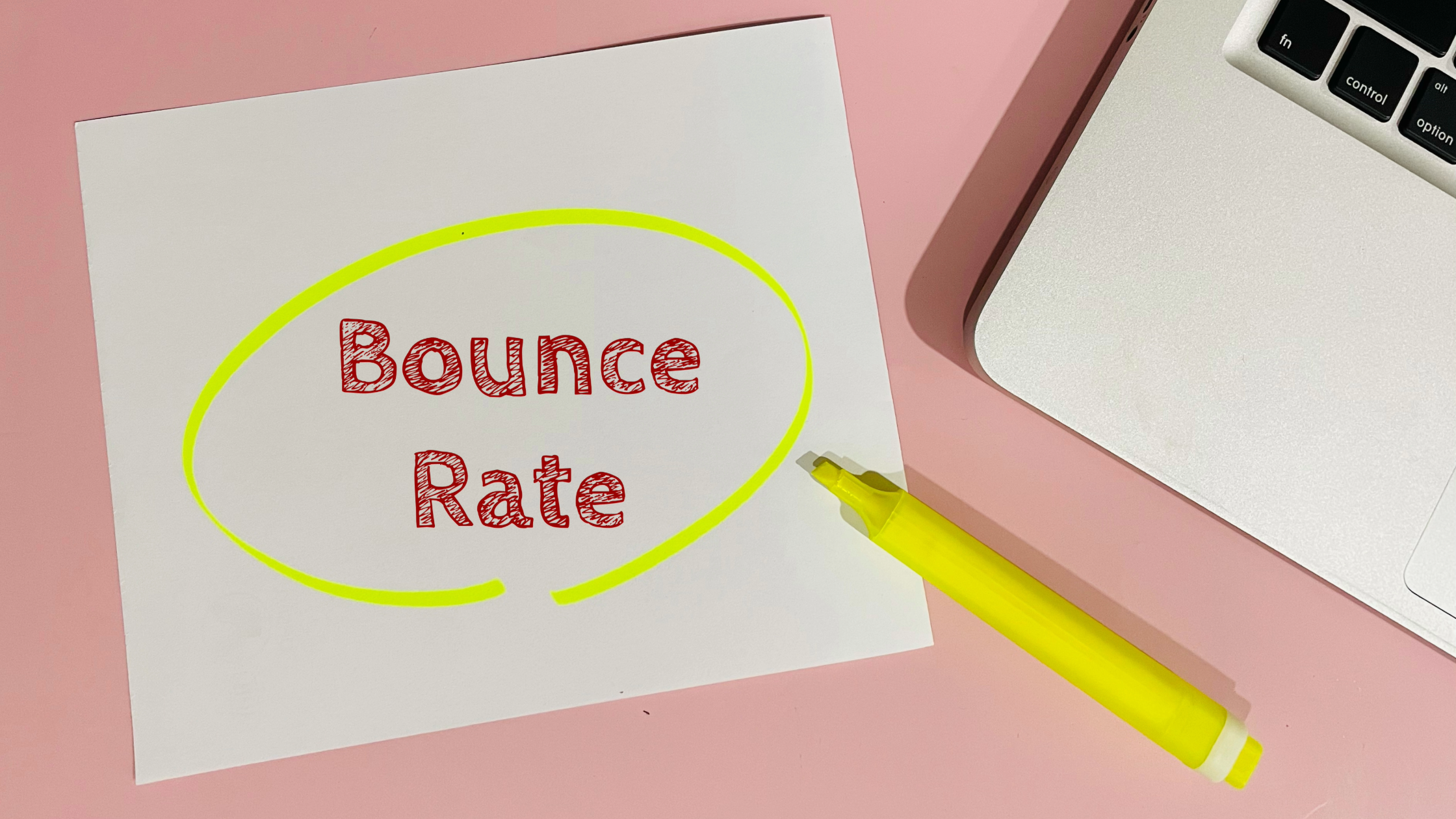Do Meta Descriptions Still Matter for SEO?
With the endless changes in Google’s algorithms and ranking factors, many people ask the same question: do meta descriptions still matter for SEO? Short answer—absolutely. But perhaps not exactly how you think.
Let’s dig into what meta descriptions do, why they still count, and how you can write effective ones to improve your click-through rates and website visibility.
What Exactly Are Meta Descriptions?
A meta description is a brief snippet of text—usually around 155 characters—that summarizes a page’s content. It appears directly under the page title in Google’s search results. Think of it as a mini-advertisement for your webpage.
Meta descriptions don’t directly influence your rankings. Instead, their power lies in influencing clicks. A well-written meta description can significantly increase the number of clicks you get from search results.
Why Meta Descriptions Still Matter
Here’s the truth: Google has repeatedly clarified that meta descriptions aren’t a direct ranking factor. But before you dismiss them as irrelevant, consider this—click-through rates (CTR) do impact your rankings indirectly.
When your meta description accurately matches user intent, your link receives more clicks. High CTR signals to Google that your content is relevant, potentially boosting your page in search results over time.
How Meta Descriptions Influence SEO (Indirectly)
- Improved Click-Through Rate: Compelling descriptions entice users to click, leading to increased traffic and signaling relevancy to Google.
- Lower Bounce Rate: Accurate descriptions align user expectations, reducing bounce rates as users get exactly what they expect.
- Enhanced User Experience: Clearly summarizing your page content helps users quickly identify the best search result, enhancing overall user satisfaction.
Writing Effective Meta Descriptions: Best Practices
If you want to leverage meta descriptions effectively, follow these guidelines:
1. Include Your Primary Keyword
While keyword inclusion doesn’t boost your rankings directly, using relevant keywords helps users identify that your page matches their search intent.
2. Keep it Concise and Clear
Aim for roughly 150–160 characters. Longer descriptions may be truncated by Google, losing essential context.
3. Make it Compelling
Treat your meta description as an advertisement. Use persuasive language to spark curiosity or promise clear value to the reader.
4. Match User Intent
Ensure your description accurately reflects the page content. Misleading descriptions may temporarily increase clicks but will ultimately lead to high bounce rates and frustrated users.
5. Use Action-Oriented Language
Encourage clicks using actionable language, such as “Discover,” “Learn,” “Get,” or “Find out.”
Examples of Good and Bad Meta Descriptions
Let’s look at practical examples to illustrate good versus ineffective meta descriptions:
Bad Example:
“Shoes, boots, sneakers, sandals, footwear. All footwear available. Best shoes here.”
Why it’s weak:
- Keyword stuffing without clear context.
- Doesn’t explain what differentiates the site or product.
Good Example:
“Discover comfortable running shoes engineered for long-distance runners. Shop top brands with free shipping and easy returns today!”
Why it’s effective:
- Clearly highlights the product benefit (comfort, running-specific).
- Includes compelling incentives (free shipping, easy returns).
- Action-oriented language encourages clicks.
When Google Overrides Your Meta Descriptions
Occasionally, Google may not use the meta description you’ve written. Instead, it might display alternative content from your page based on what it believes better matches the searcher’s intent.
This usually happens when:
- Your description doesn’t match the search intent closely enough.
- Google identifies on-page content that’s more relevant to a particular search query.
To minimize this:
- Ensure your meta descriptions closely align with page content.
- Regularly update and refine your meta descriptions based on actual user search queries from your Google Search Console reports.
Common Meta Description Mistakes to Avoid
- Ignoring Them Entirely: Leaving your meta description empty forces Google to select text randomly from your page, potentially misrepresenting your content.
- Duplicating Descriptions: Each page should have a unique meta description to clearly represent its distinct content.
- Keyword Stuffing: Overloading your description with keywords may result in spammy, unreadable snippets that harm click-through rates.
Tracking Your Meta Description Performance
Use tools like Google Search Console to measure your meta descriptions’ effectiveness:
- Monitor click-through rates for specific pages.
- Experiment with different wording if CTR is low.
- Regularly update your descriptions based on insights from your search analytics.
Final Thoughts: Yes, Meta Descriptions Still Matter
In short, meta descriptions are still important, though indirectly, to your SEO efforts. They are one of the easiest yet most overlooked opportunities for increasing clicks, improving user experience, and ultimately signaling to Google that your content is valuable.
Make every meta description count. A few minutes of effort here can translate into better traffic, happier users, and a website that’s better positioned in search results.
news via inbox
Subscribe to get SEO Tips and Tricks directly in your inbox!







